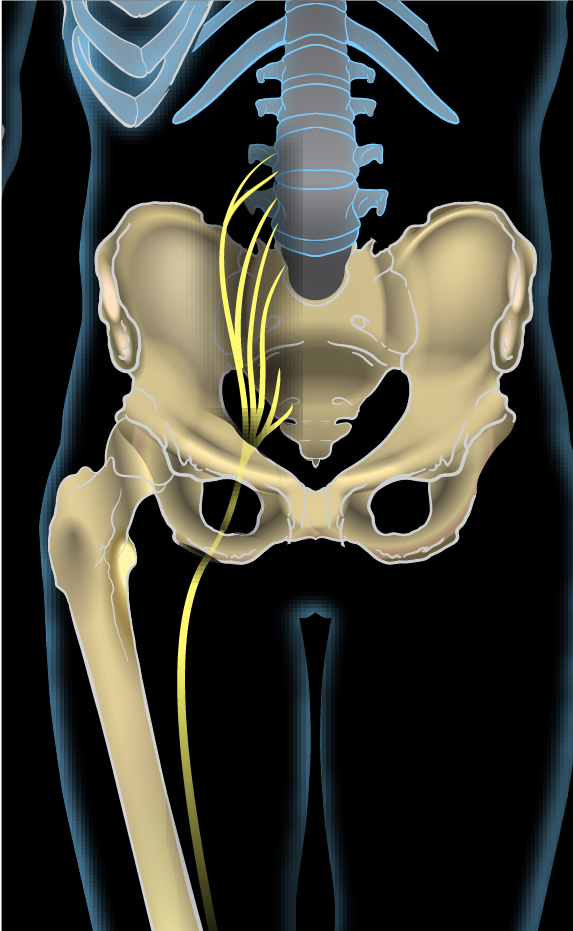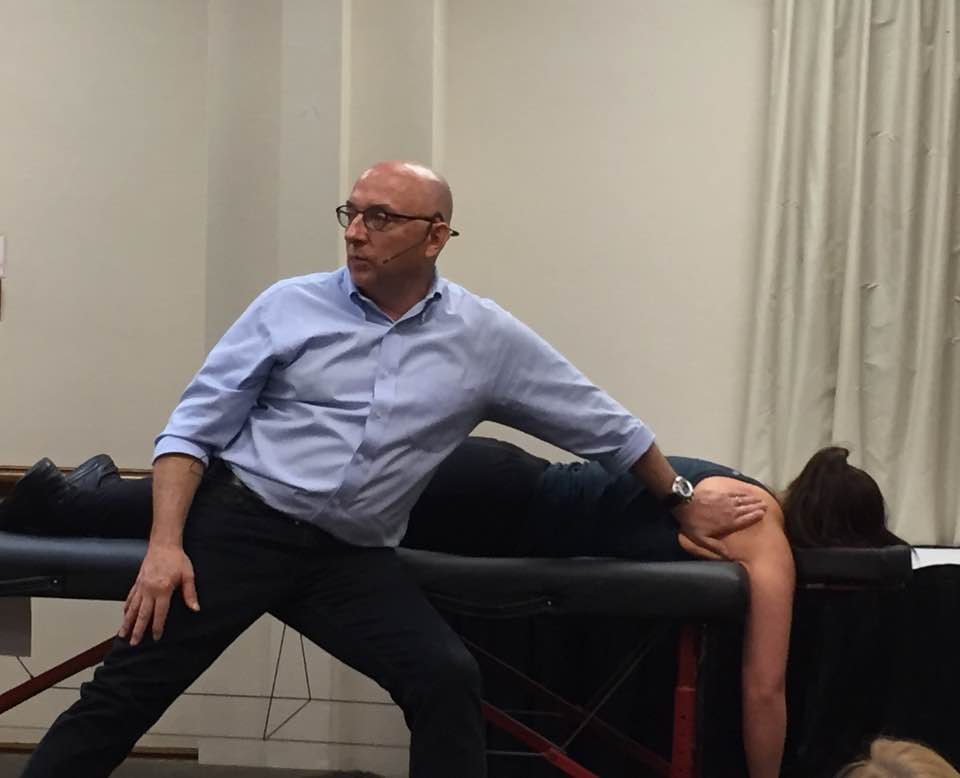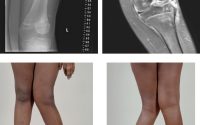The potential role of sciatic nerve stiffness in the limitation of maximal ankle range of motion
 Can a “tight” sciatic nerve restrict ankle joint range of motion? If so, nerve mobilization technique should be effective toward increasing dorsiflexion of the ankle joint.
Can a “tight” sciatic nerve restrict ankle joint range of motion? If so, nerve mobilization technique should be effective toward increasing dorsiflexion of the ankle joint.
It is commonly believed that maximal ankle joint range of motion (ROM) into dorsiflexion is restricted by the tension within the plantar flexor muscles (e.g., gastrocnemius, soleus, tibialis posterior, flexors digitorum and hallucis longus, fibularis longus and brevis). Another theory believes joint restriction is due to muscle guarding or perception of the tension.
But any soft tissue, e.g., peripheral nerves and lower limb fasciae, can experience changes in their length and tension, resulting in decreased joint ROM. The problem is that the influence of these non-muscular/myofascial tissues on joint ROM has not been much studied.
Two past studies observed a remarkable decrease in the maximal ankle ROM in dorsiflexion when the hip was flexed from the neutral position to 90°. This change occurred in the absence of any changes in the gastrocnemius medialis local stiffness and ankle torque. Because there is no muscle-tendon unit crossing both the hip and ankle joints, these results have suggested that non-muscular structures may play a role in the limitation of maximal ankle ROM in dorsiflexion. A possible explanation is the sciatic nerve that extends from the spine through branches to the foot, and like most other connective tissues, exhibits visco-elastic behavior.
A study published in Scientific Report determined whether a static stretching aiming to load the sciatic nerve (or nerve mobilization of the sciatic nerve) without stretch within plantar flexors can: (i) alter nerve stiffness; and (ii) increase the ankle’s maximal ROM.
Fifteen healthy volunteers (age: 22 ± 3 years) participated in this study. Passive maximal ankle ROM in dorsiflexion was assessed with the hip flexed at 90° (HIP-flexed) or neutral (HIP-neutral, 0°). Sciatic nerve stiffness was estimated using an instrument called shear wave elastography.
The results showed that sciatic nerve stretching induced both a 13.3 ± 7.9% decrease in the nerve stiffness and a 6.4 ± 2.6° increase in the maximal dorsiflexion ROM assessed in HIP-flexed. In addition, the decrease in sciatic nerve stiffness was significantly correlated with the change in maximal ROM in dorsiflexion. These effects occurred in the absence of any change in gastrocnemius medialis and biceps femoris stiffness, and ankle passive torque.
The authors speculated that the change in nerve stiffness after the Stretch session is due to the viscoelastic behaviour of nerve which can explain an acute decrease in stiffness while being stretched. In addition, although not measured, lower limb fascial tissues are likely to be lengthened in a long sitting posture, even if the triceps surae is not fully tensioned. And thus, lower limb fascia could also have played both mechanical and sensory roles on maximal ROM changes.
These results demonstrate that maximal dorsiflexion ROM can be acutely increased by stretching the sciatic nerve, without altering the muscle stiffness.

